 |
|
 |
|
|
Innocent light-minded men, Plato, Timaeus |
| Website Contents | Cosmic Foam & Voronoi Foam | Antikythera mechanism | Contemplation |
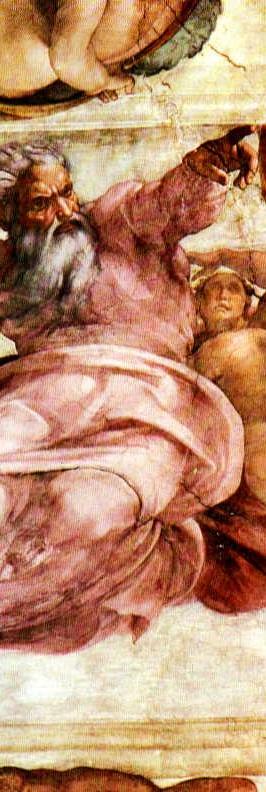
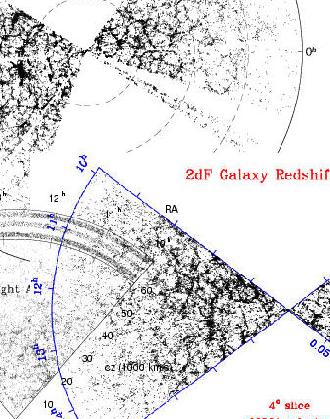
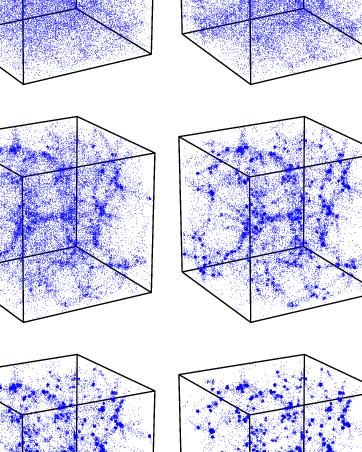
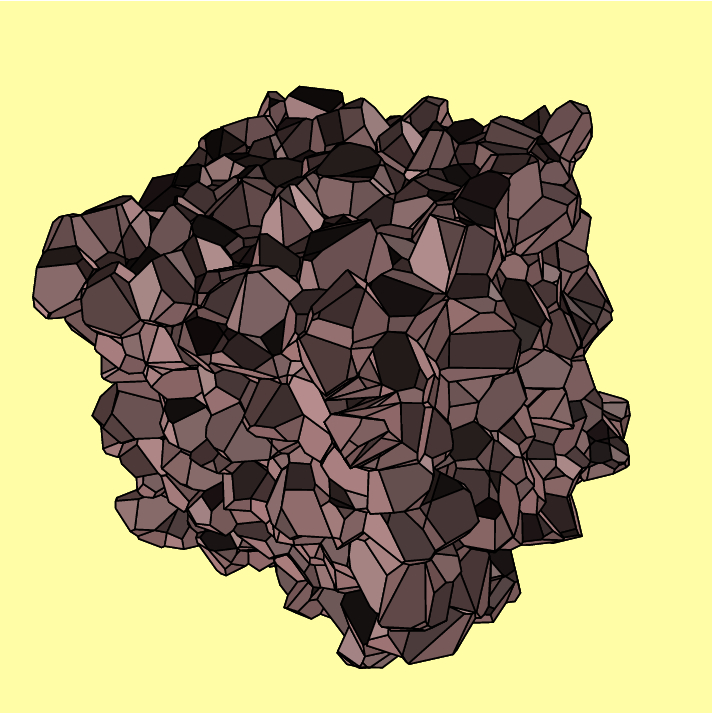
In my work I am particularly fascinated by the Megaparsec scale foamlike patterns in the spatial matter and galaxy distribution. As increasingly elaborate galaxy redshift surveys charted ever larger regions in the nearby cosmos, an intriguingly complex and salient cosmic foamlike network has been found to permeate the observable Universe:
I have been adressing various aspects of its origin and formation, and of its significance within a cosmological context. With such a fascinating geometric yet stochastic structure defining the fabric of the Universe's infrastructure, I have been lead to establish the similarity with what is an equally intriguing and complex structure in mathematics, one of the basic concepts in the field of ``stochastic geometry'':
For the various cosmological, mathematical and statistical aspects of related projects, see:
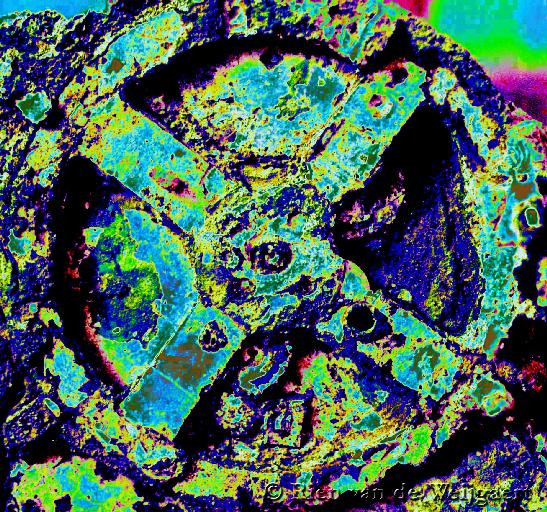
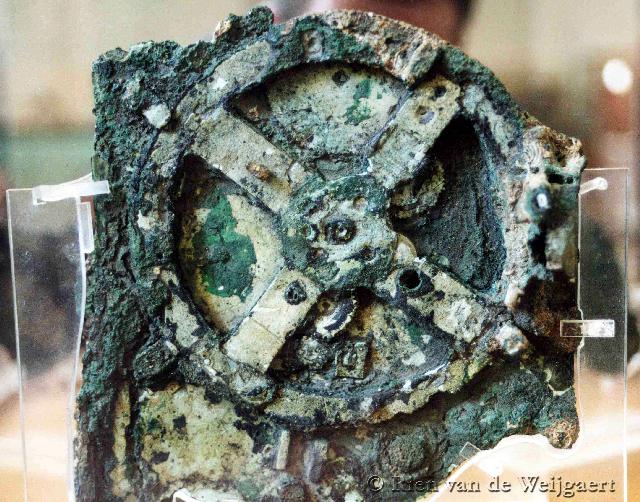
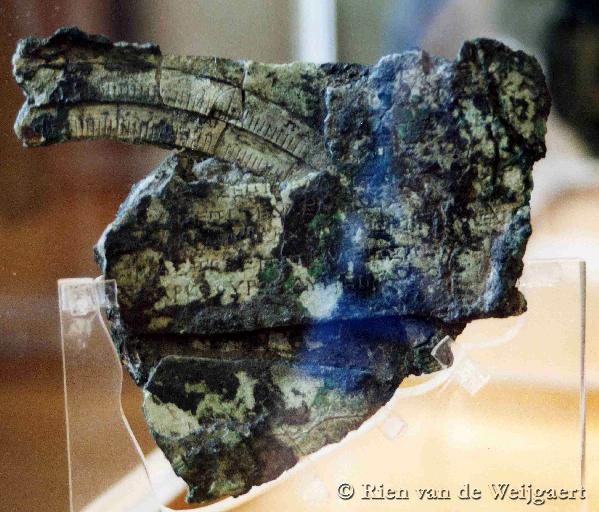
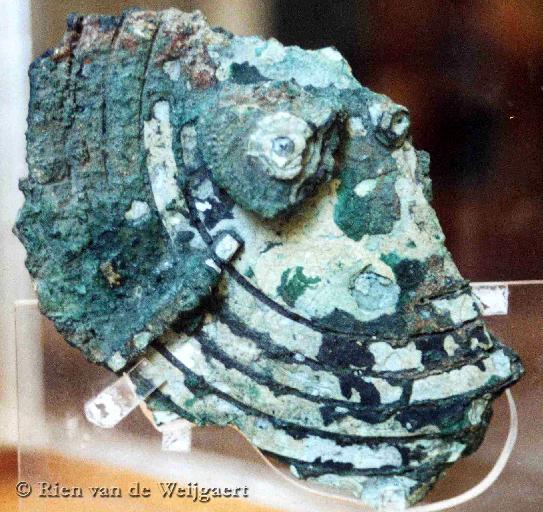
(National Archaeological Museum, Athens, Sept. 2002)
Without doubt, one of the most astonishing and intriguing artefacts of the ancient world:
A clockwork with at least 32 gears, including differential, created around the year 80 B.C., probably on the island of Rhodes. Is this a machine built according to the likeness of Archimedes' Sphere alluded to by Cicero ? Where is Archimedes' lost manuscript ``On Sphere-Making'' to clarify to us the astonishing technological knowledge of the Ancient World ? For a photographic impression and testimony of the refined technological knowledge, skills and genius of antiquity, see:
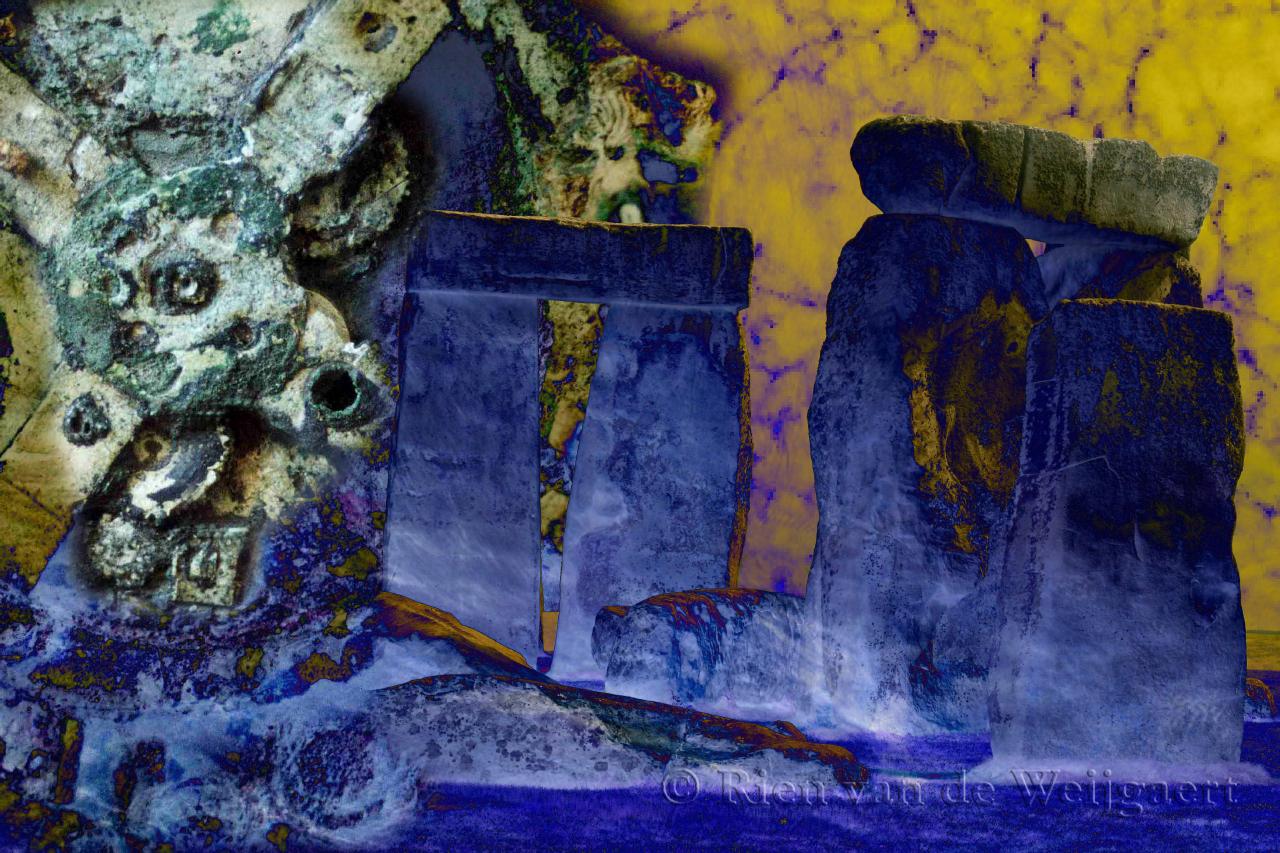
Since before the dawn of civilization mankind has been fascinated bu the origin of the world in which we live. One of the most impressive and major triumphs of the human mind concerns the recognition that nature operates by regularities. It set humanity on a quest of thousands of years to unravel the secrets of the cosmos. Sophisticated instruments for controlling and following the laws of nature have been built and invented. Amongst the first and most fascinating examples is that of Stonehenge, mastering the Sun's annual path along the skies. A forerunner of far more advanced computers. Starting with the mysterious ancient Greek astronomical computer, the Antikythera mechanism, and culminating in present day supercomputers allowing us to understand the formation of structure in our Universe in the aftermath of the Big Bang !
In our never-ceasing quest for eternity, we each may identify moments in which we
feel overpowered and experience the majesty of the World and the Universe in what seems
to be a direct confrontation with the gods ... I felt priviliged to have such a meeting on the
Acropolis of Athens, the cradle of Western Civilization. It became an experience which I did find
most profoundly worded by one of Greece's most admirable and important writers, poets and philosophers of the
20th century ...
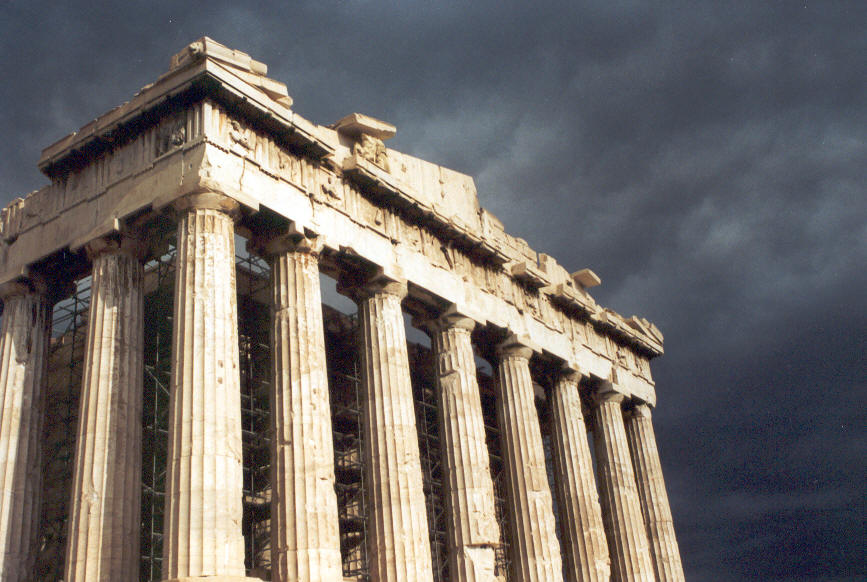
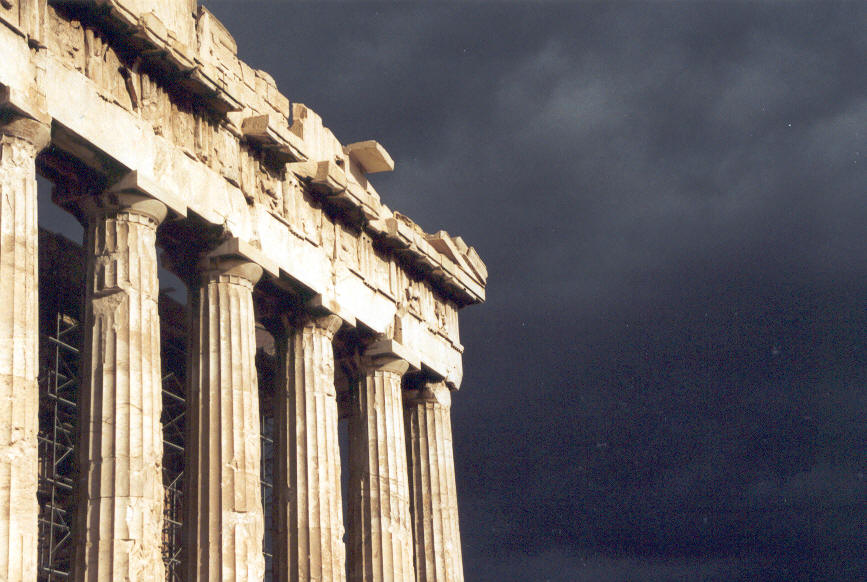
(Acropolis, Athens, April 2001)
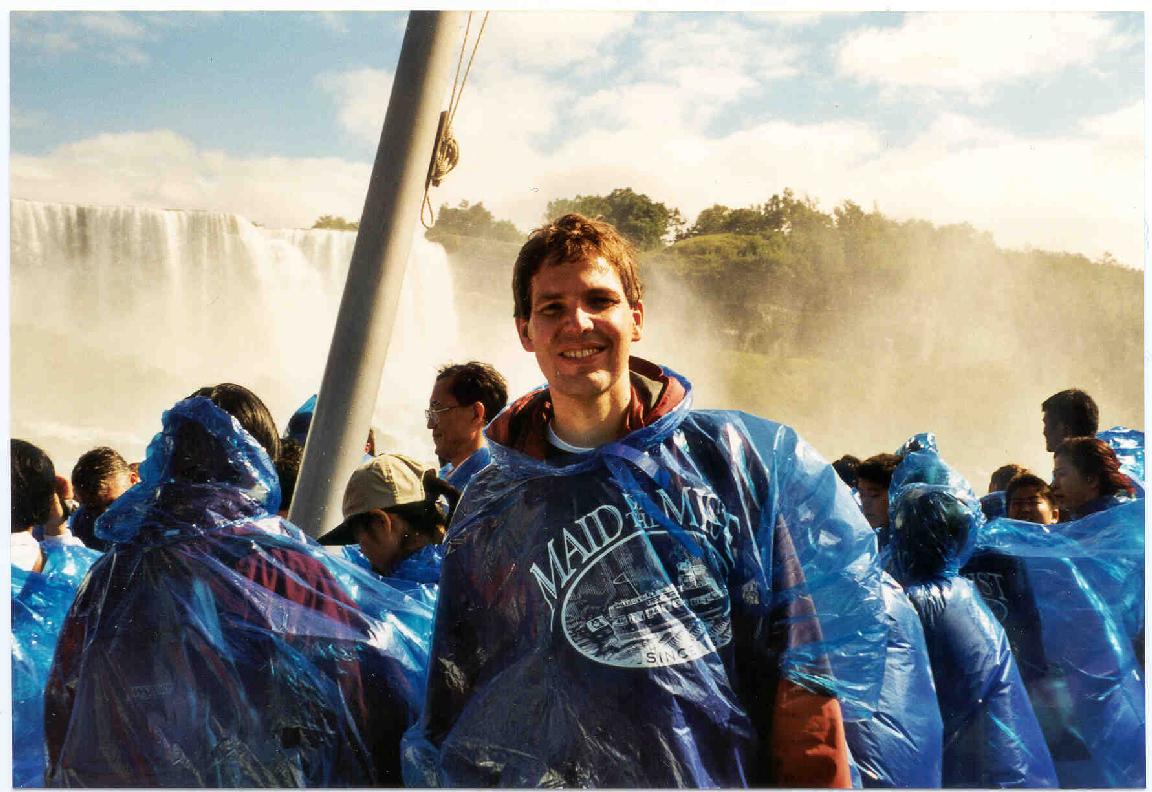
This home page is under development. Current version is from 05.09.2003